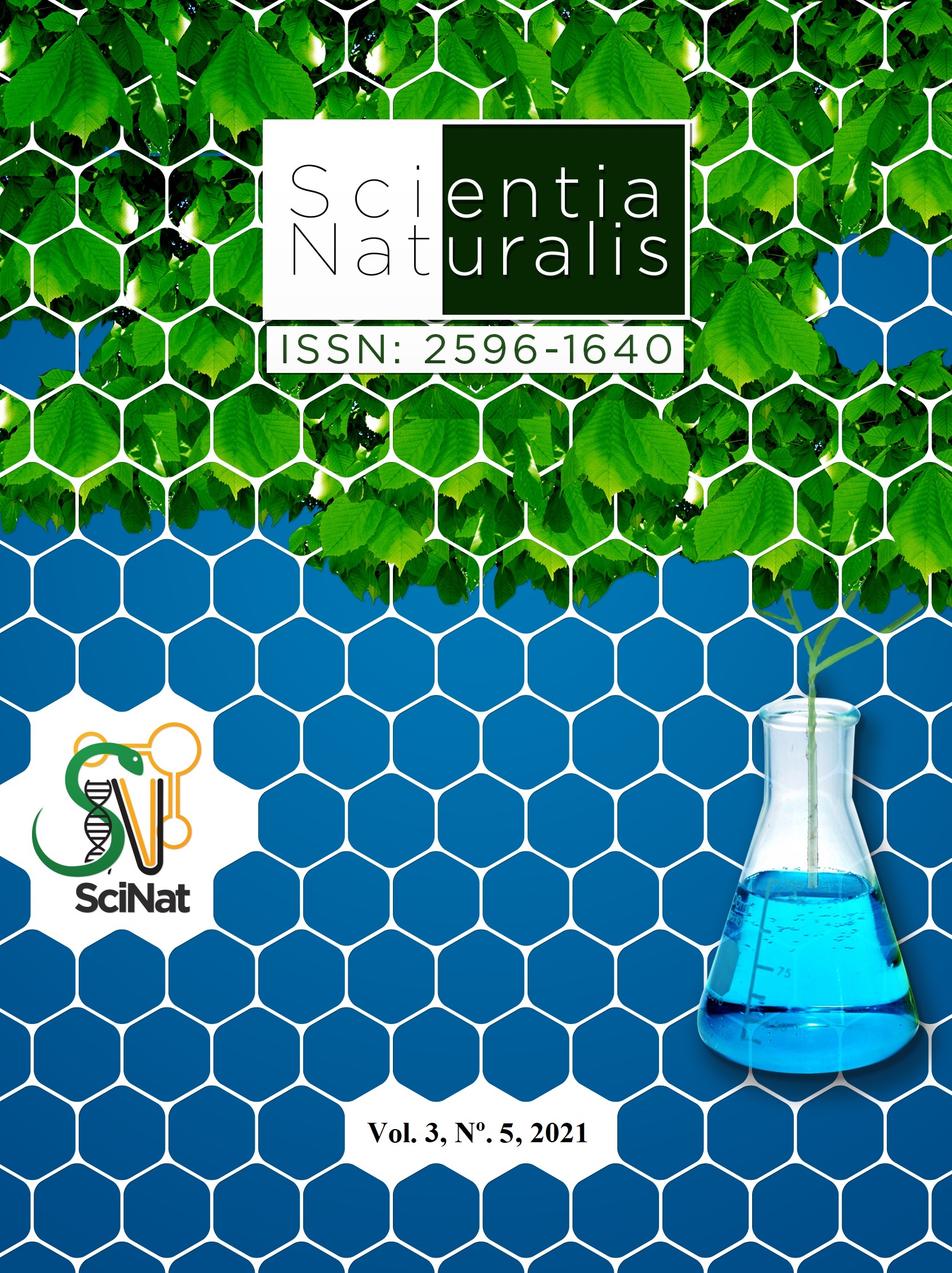Agroforestry residues in the composition of substrates and influence on the formation of jambu seedlings
DOI:
https://doi.org/10.29327/269504.3.5-17Abstract
The production of seedlings is an important step in horticulture, and it is necessary to seek alternatives for vegetable growers. Thus, the objective of this work was to evaluate the production of jambu seedlings from cuttings, in substrates produced with agroforestry residues. For this, an experiment was installed at the Seridó Ecological Site, Rio Branco, AC. The treatments were the substrates: Commercial; Organic compost; Carbonized Rice Husk + mixture (crushed charcoal, soil and organic compost); Waste from Kapok + mixture; Residues of Ouricuri + mixture; and Coconut Fiber + blend. The seedlings were produced in trays, with 10 cm jambu cuttings, which remained in a greenhouse for 18 days, when the evaluations were carried out. The variables analyzed were shoot, root and total dry mass. The substrates did not influence the shoot dry mass, however, the root dry mass and substrates with ouricuri or commercial were better. All substrates, except the one with kapok, produced seedlings with greater total dry mass. Therefore, for the formation of jambu seedlings, substrates, organic compost or those constituted with residues (carbonized rice husk, coconut fiber, ouricuri or kapok), produce seedlings with quality, constituting alternatives to the commercial substrate.




